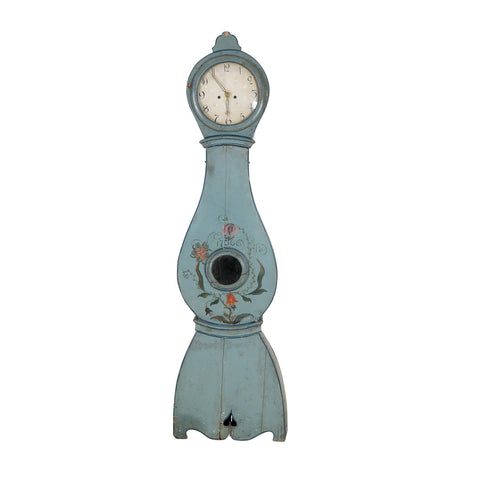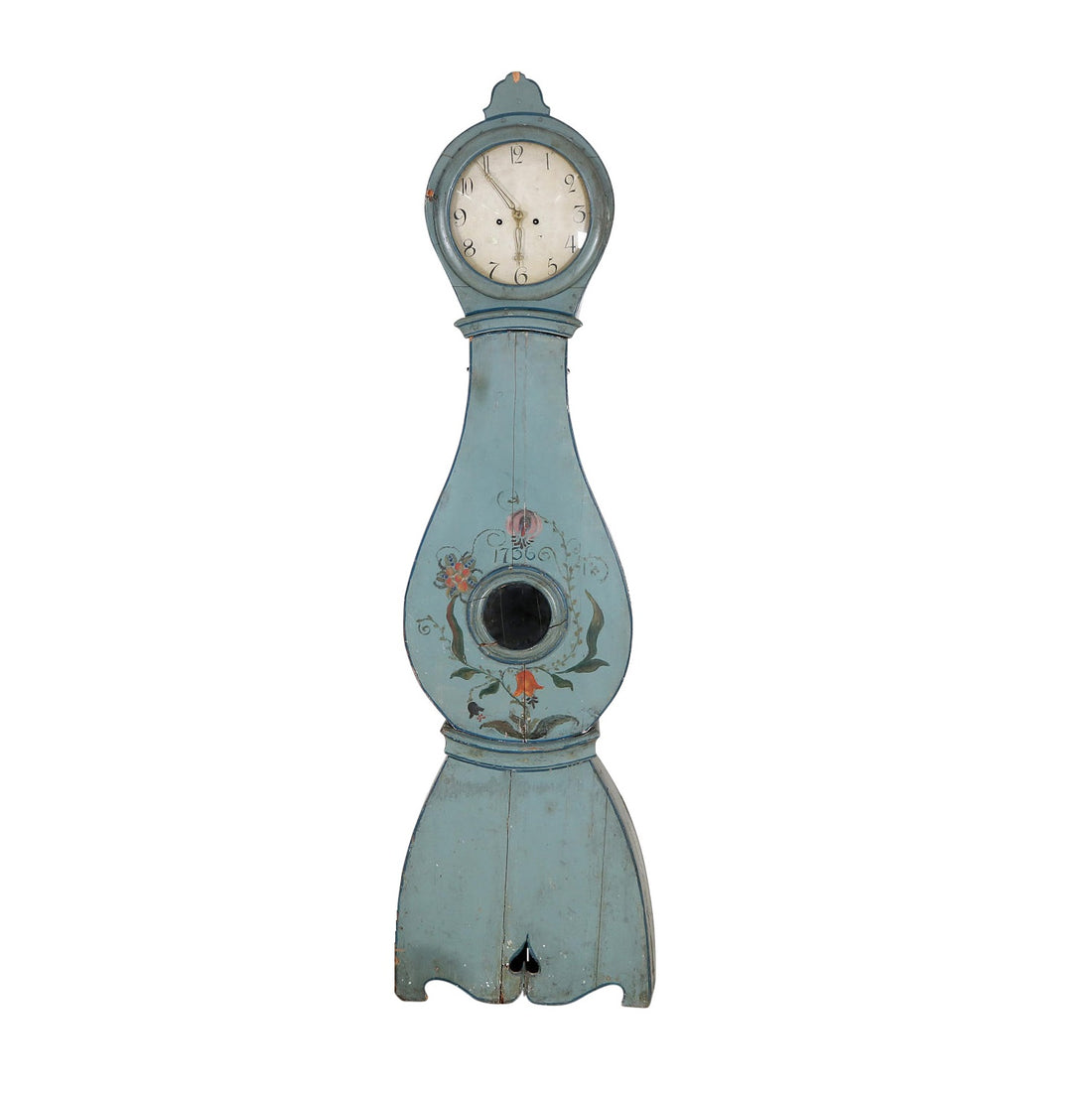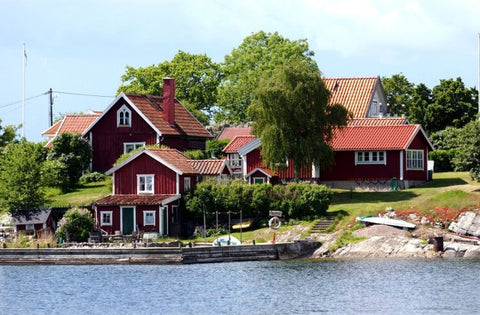Mora Clocks as a status symbol
During the 17th and 18th Century when Sweden was an economic powerhouse within Europe the Mora Clock was generally seen as a status symbol. Those wealthy families would have their Mora Clock custom painted in particular colours.
The colour a Mora Clock was painted was largely determined by the wealth of the owner as certain paint colours were more expnsive than others.
Red Mora Clocks
The colour red was very common as it was available from the fabrication of iron. Most people in Sweden had red houses. Therefore if your Mora Clock was to be a status symbol it was best to avoid red and instead use it to paint a larger surface area (such as the outside of your house).
White Mora Clocks
White was fairly rare as a form of stone was needed to produce the white dye and this stone was reasonably expensive. Therefore white was a good colour to choose as a status symbol as it showed a moderate degree of wealth.
Blue Mora Clocks
Blue paint was the most expensive as it required the use of a rare pigment. During the Baroque period and mid 17th Century lapis lazuli was used to make ultramarine blue and was very rare and very expensive. It was therefore used sparingly and only for the most expensive artwork at the time.
Consequently for wealthy Swedish families a blue Mora clock was the ultimate symbol of wealth.
These blue Mora clocks would often had been augmented with fine carvings and their Mora clock mechanisms made by the best clock makers of the period. Blue Mora Clocks of this period are therefore very rare.





